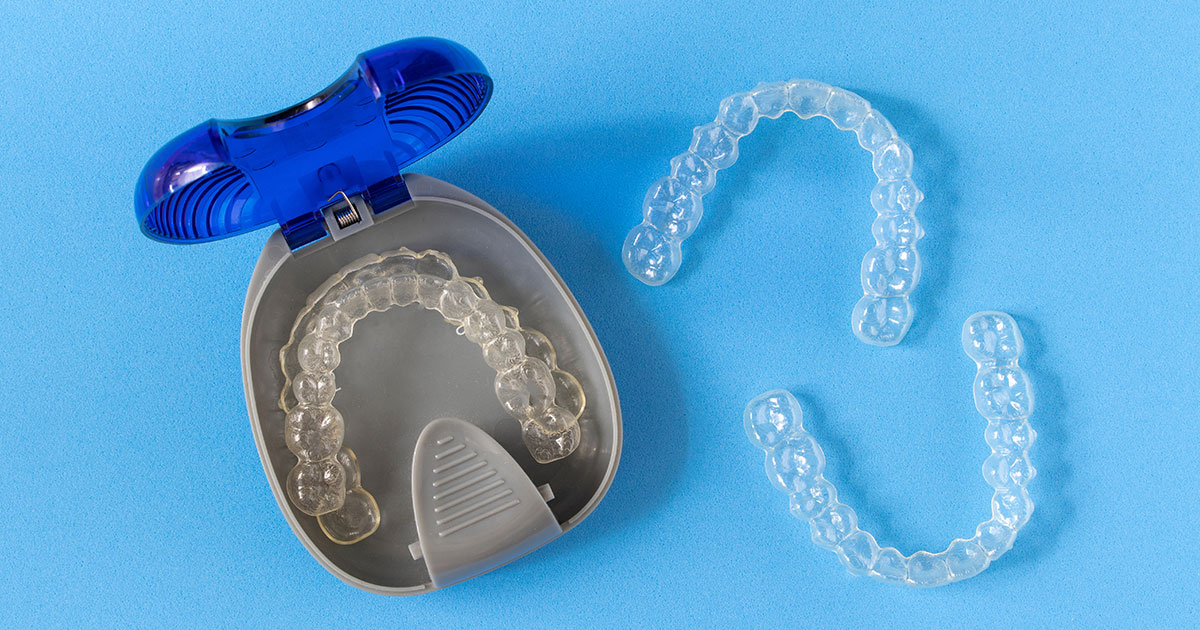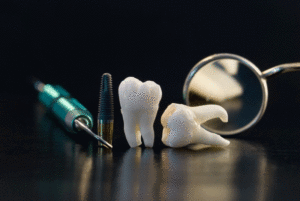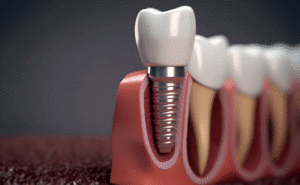Now that generic, at-home aligners are available, you might be considering giving them a try. But is straightening your own teeth a good idea, even if it saves you money? Before you decide, it’s worth spending a little time taking a closer look at the differences between Invisalign® and at-home products.
What is Invisalign?
Invented 20 years ago, Invisalign treatment is the most advanced clear aligner system available. Unlike braces, this teeth straightening option is removable and virtually invisible when inside your mouth. There are no wires or brackets like there are with braces which means you can eat, brush, and floss just as you always have.
What are At-Home Aligners?
One of the biggest selling points with at-home aligners is that they’re less expensive. That can be a big benefit to those who believe they can’t afford Invisalign. The typical process with at-home aligners involves taking selfies of your teeth, making a putty mold of your upper and lower teeth, and then fitting them yourself at home.
What are the Advantages of Invisalign Over At-Home Aligners?
Invisalign has been proven effective in clinical research and in orthodontic and general dental practices nationwide. Advantages to choosing the Invisalign treatment include:
- In-office fittings and consultations. This is a key step in your teeth straightening success. Your dentist ensures your aligners fit well, answers your questions, and lets you know what to expect.
- Effective for tougher cases. Over 20 years of innovation has led to Invisalign being incredibly effective for more extensive cases such as crooked and gapped teeth as well as over and underbites.
- More transparent. Virtually invisible, other people often aren’t aware you’re even wearing Invisalign.
- Faster results. Though everyone’s experience is different based on the condition of their teeth, thanks to superior materials and techniques, most people see some movement within the first six to eight weeks after getting their first set of Invisalign aligner trays. It typically takes six to 12 months for teeth to completely move into the correct position.
It’s important to know that many clinical conditions will limit the success of at-home aligners. For example, with no comprehensive exam before treatment, active dental decay and/or gum disease conditions could go unnoticed. And aligners of any kind aren’t for everyone, especially younger patients.
Is Invisalign Right for You?
A great advantage to Invisalign is the personal attention you receive from your dentist before and during the treatment. The American Association of Orthodontists considers orthodontic treatment with an aligner a medical service, not a product or device. The group also advises that braces might be the right choice for some patients.
Yes, at-home aligners are less expensive and appealing because of their DIY factor. But think about it. Your dentist or orthodontist has been involved in years of schooling and hours of continuing education to fully understand the complexities of moving teeth, bite monitoring, TMJ, and more. Are you comfortable handling the treatment on our own?
The best way to make a final decision is to consult with your dentist to go over all the differences between the two types of aligners. Schedule an appointment today with Caven Dental to talk about whether Invisalign is the right teeth straightening choice for you.



